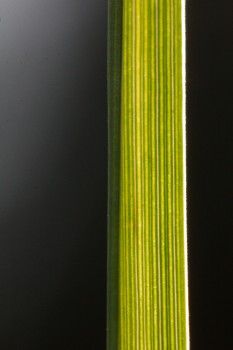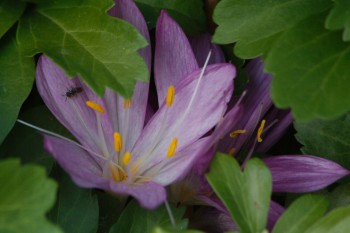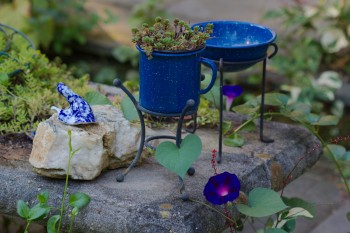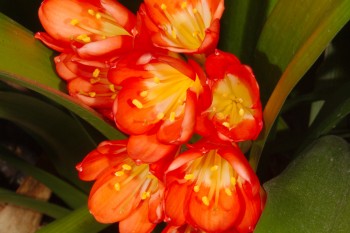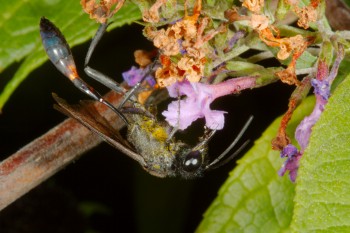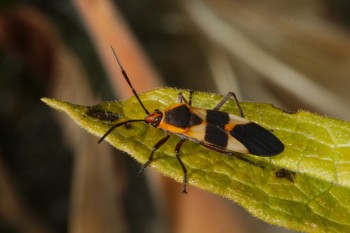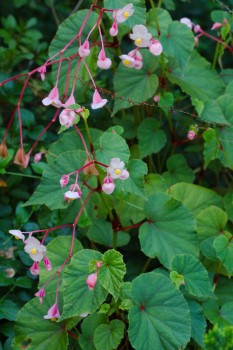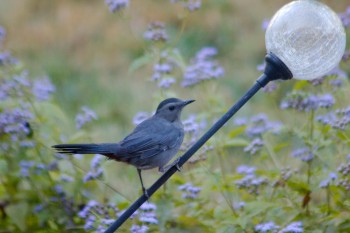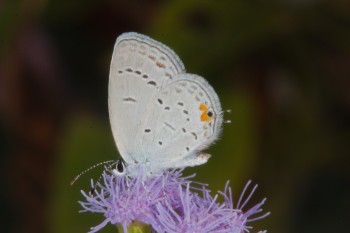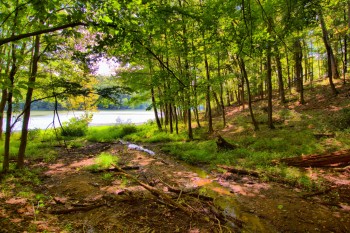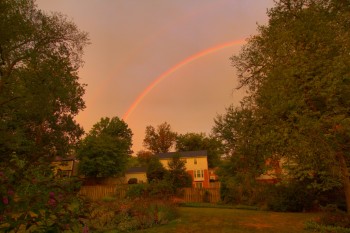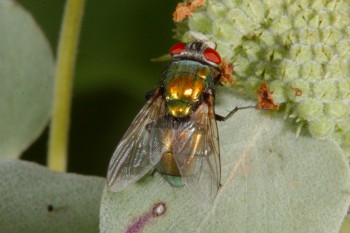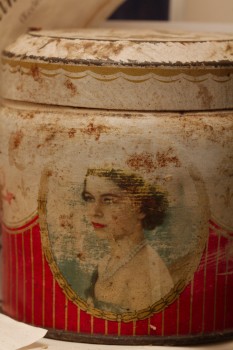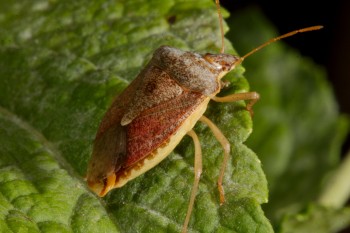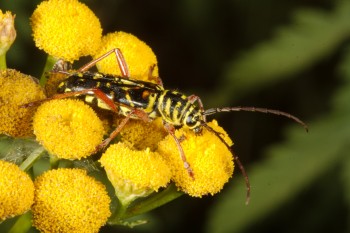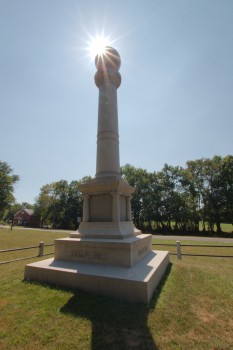
Pennsylvania Monument, Monocacy Battlefield
It was another fine, summer day. Quite hot, but pretty. Cathy and I drove up to Frederick and visited the Monocacy Civil War battlefield, just south of town. The battlefield straddles the Urbana Pike (now MD 355) where it crosses the Monocacy River. The Confederate troops, under Lt. Gen. Jubal A. Early, had come up the Shenandoah Valley and into Maryland and approached the bridge over the Monocacy from the north. Union troops, about 2,300 strong, but mostly Hundred Days Men, were commanded by Maj. Gen. Lew Wallace, who is perhaps more famous as the author of Ben-Hur: A Tale of the Christ.
Wallace’s troops were reinforced by men from the 3rd Division of the VI Corps, under Brig. Gen. James B. Ricketts. Together about 5,800 Union soldiers faced about 14,000 Confederates in what became both the south’s northernmost victory of the war and the defeat that saved Washington. Because of the delay to Early’s troops, Union General-in-Chief Lt. Gen. Ulysses S. Grant was able to get reinforcements to Fort Stevens in time to meet them on July 12 and on July 14, Early and his men crossed the Potomac back into Virginia at White’s Ferry. That ferry is still running and the boat is called the Jubal Early.
Our connection to the battle is that an ancestor of Cathy’s (her great, great grandfather) was in the 67th Pennsylvania Volunteers, who are commemorated on the Pennsylvania monument at the battlefield. They did not actually participate in the battle, however. They were “delayed” and didn’t arrive in time for the battle. Their commander, Col. John F. Staunton, was court martialed. He was found guilty of the first two of three charges (Disobedience of Orders and Neglect of duty to the prejudice of good order and military discipline) but not guilty of the third (Misbehavior before the enemy), and was relieved of command and removed from service. (You can read the minutes of the court here.)

